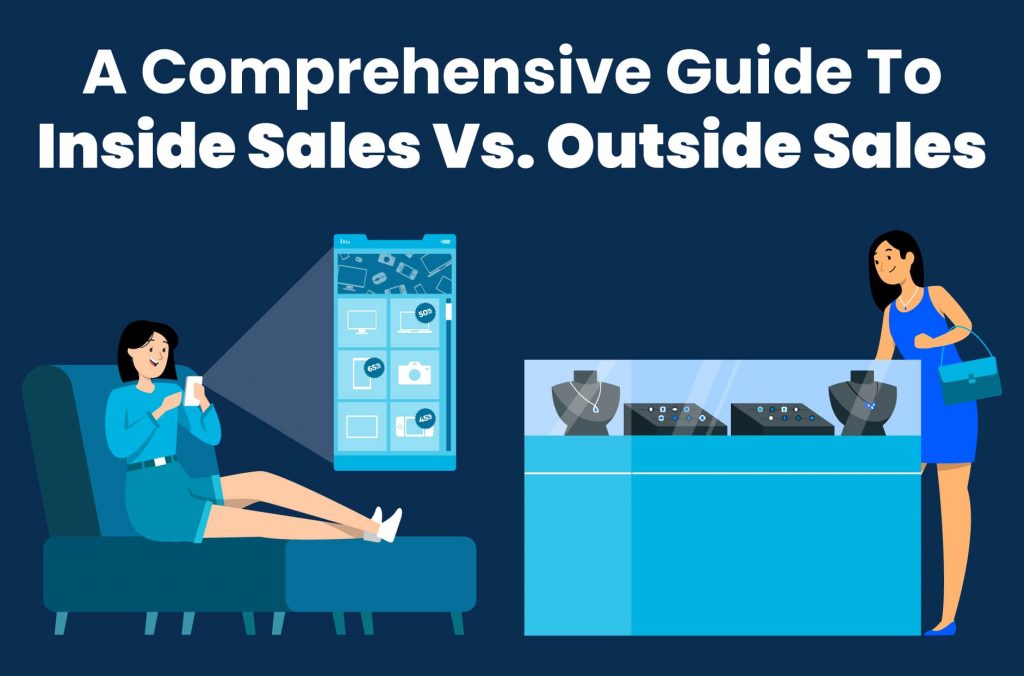Sales is a vital part of any business, and understanding the differences between inside vs outside sales can help you decide which one is better for your company. This comprehensive guide will provide an overview of each type of sales and explain their benefits and drawbacks in order to give you a better idea of which option is best for you.
Inside sales involves selling products or services remotely by phone or computer, while outside sales requires face-to-face meetings with potential customers.
Both approaches have advantages and disadvantages that need to be taken into consideration before deciding on the best approach for your organization.
With that said, let’s dive right into exploring inside sales vs. outside sales!

Definitions And Characteristics Of Inside Sales
The world of inside sales is one filled with high-pressure and fast-paced deals. It’s a thrilling environment that requires sharp minds, quick wits, and an eye for opportunity. Inside sales representatives are the bread-and-butter of any successful business, forming the backbone of strategies from all sorts of industries.
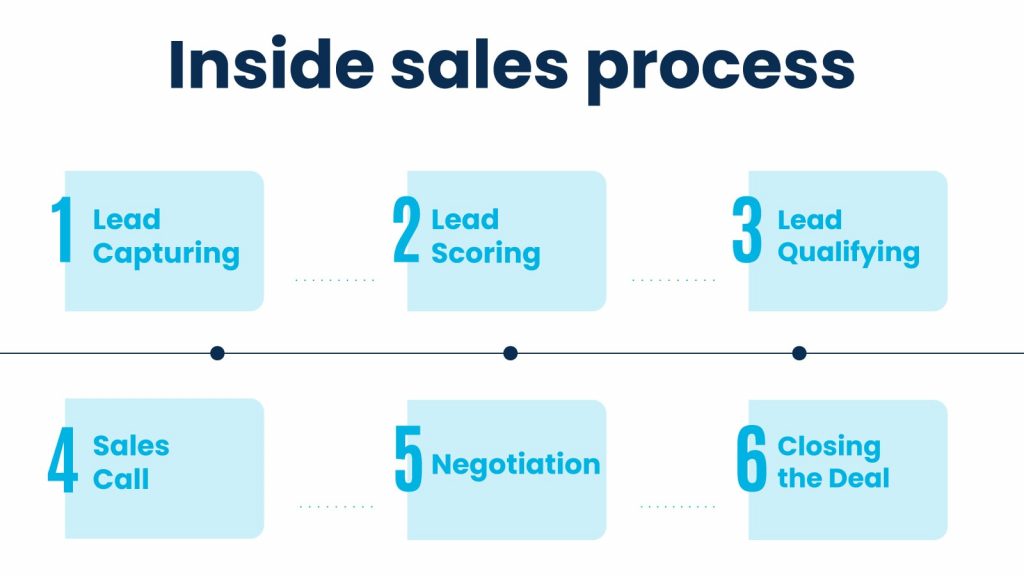
At its core, inside sales refers to direct selling activities conducted over the phone or online. Instead of visiting customers in person like outside sales reps do, their work is done remotely – making it perfect for entrepreneurs trying to reach faraway clients without wasting time on unnecessary trips around town. This type of sale often revolves around subscription services such as software licenses or ongoing support plans.
When comparing inside sales vs. outside sales, inside sales require skillful negotiation techniques and highly effective communication abilities. Businesses must make sure to hire professionals who can persuade potential buyers while also taking into account their needs and interests. Technology plays a crucial role here; digital tools enable better planning ahead of calls by providing critical information about leads and helping build relationships faster than ever before.
CRM software such as Salesforce and Hubspot are platforms where customer data, tools, and sales teams combine to provide tools to increase sales. Platforms such as these are absolutely necessary for managing a sales team, whether it is inside or outside sales.
Definitions And Characteristics Of Outside Sales
When comparing inside sales vs. outside sales, outside sales is a field of work that involves selling products and services to customers face-to-face. This type of sales model takes place outside the office or business premises, in a customer’s home, at trade shows and exhibitions, or out on the road. Outside sales representatives are responsible for finding new prospects and building relationships with existing clients.
To be successful in outside sales requires certain characteristics such as excellent communication skills, strong interpersonal relations, and an ability to think quickly and problem-solve efficiently. Additionally, it helps to have knowledge about the product or service being sold.

There are also some key differences between inside and outside sales which include:
- Type of Communication: Inside sales predominantly focuses on digital forms of communication such as emailing, calling, web conferencing etc., while outside sales typically emphasizes more personal interaction such as conversations over lunch meetings or drinks after hours.
- Target Market: Inside sales makes use of large databases and automated processes to target potential customers within their own industry whereas outside sales relies heavily on networking events to build contacts through up-close interactions with individuals from other industries.
- Training Processes: Inside sales training programs focus more on developing technical skills like using software applications whereas outside sales training includes soft skills related topics such as negotiation tactics and closing techniques. Furthermore, there’s often a need for specific product information when dealing with customers directly via outside sales activities.
Both inside and outside sales models can be beneficial depending upon the nature of your business; however, understanding their respective benefits will enable you to make better decisions when selecting the most appropriate option for your organization.
Advantages Of Inside Sales
As we now know, outside sales is a method of selling products or services to customers that involves face-to-face interactions. But what are the advantages of inside sales? Is it really worth investing in an alternative approach to selling your product when comparing inside sales vs. outside sales?
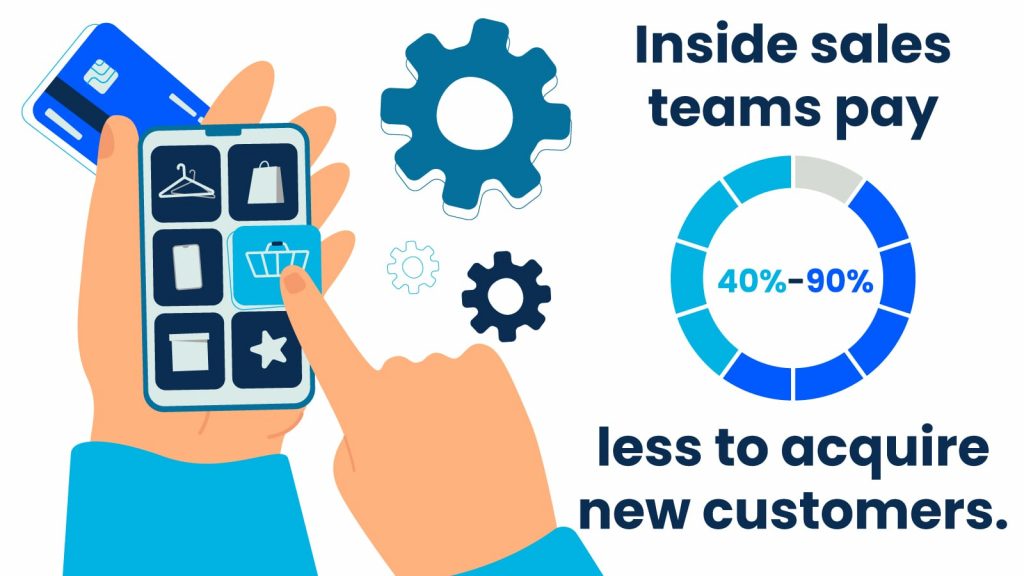
The answer is yes! Inside sales offers many advantages over traditional outside sales methods. Firstly, it’s much more cost-effective – you don’t have to spend money on travel costs for reps and can use digital communications such as email and telephone calls instead. This means less time spent away from the office and lower bills at the end of each month.
Secondly, research has shown that virtual communication is often more productive than physical meetings – meaning you get better results with fewer resources.
Finally, inside sales allows you to reach a wider audience since there’s no geographical limitation; you can target potential customers all around the world without ever having to leave the office.
Successful companies have been utilizing these benefits for years. For example, Salesforce is renowned for its effective use of inside sales strategies – their reps make thousands of phone calls each year which result in millions of dollars of revenue annually. Other examples include Microsoft Dynamics 365 and IBM Connections who both heavily rely on successful inside sales teams for their success. As this trend continues and technology advances, businesses everywhere will be able to take advantage of these powerful techniques to maximize profits and increase customer loyalty.
Advantages Of Outside Sales
When comparing inside sales vs. outside sales, outside sales offer many advantages for businesses. It provides the opportunity to build strong relationships with clients, which is critical for long-term success in any industry. Outside sales representatives can also provide personalized service and demonstrate products directly to customers.

Here are some of the benefits of outside sales:
- Ability to cultivate customer loyalty through face-to-face interactions
- Opportunity to increase visibility by introducing new product lines or services
- The ability to upsell related items or services that might not be advertised online or elsewhere
These strategies have been proven successful time and again, giving companies an edge over their competition while boosting revenue at the same time. It’s clear that investing in a good outside sales team will pay off in the long run. With these advantages in mind, there’s no reason why your business shouldn’t take advantage of this powerful tool.
Challenges Of Inside Sales
The advantages of outside sales when comparing inside sales vs. outside sales can be seen in the ability to build strong relationships with potential customers through face-to-face interactions. However, there are also some significant challenges associated with inside sales that must be taken into consideration when deciding which type of selling strategy is best for a business.
Perhaps one of the biggest challenges facing companies that rely on an inside sales model is the difficulty in building rapport virtually. Without being able to meet directly with customers and discuss their specific needs, it becomes harder to form meaningful connections and win them over as loyal customers. It’s essential for inside sales reps to have strong organizational skills in order to keep track of customer conversations, follow up promptly, and stay organized.
Developing a successful inside sales strategy requires taking certain steps such as having clear goals, understanding your target audience, utilizing technology effectively, and focusing on time management.
A good strategy should include setting SMART (Specific, Measurable, Attainable, Relevant & Timely) goals that guide day-to-day operations and help measure success; researching potential buyers so you know how to approach them; investing in reliable tech tools like customer relationship management software; and lastly encouraging reps to adhere strictly to schedules and deadlines while prioritizing tasks according to importance.
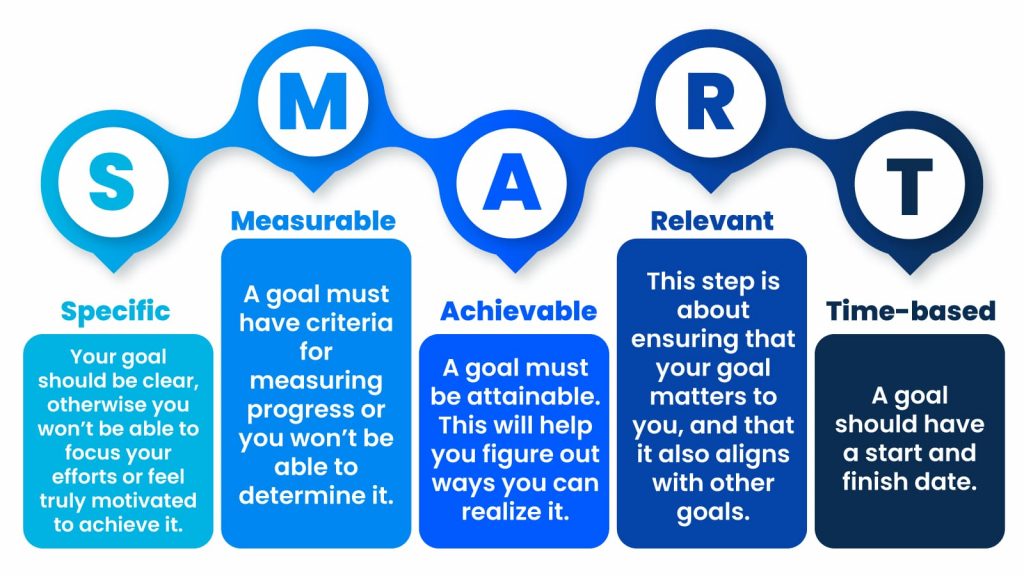
Addressing these issues will enable businesses to overcome any obstacles they may encounter along the way while successfully implementing an effective virtual selling system.
Challenges Of Outside Sales
One of the primary challenges of outside sales is the associated high costs of travel and in-person meetings. Additionally, these sales reps need to have strong communication skills and be able to read body language. This requires a level of adaptability when entering new environments or territories which can be hard for some people.
For example, a company can work on an outside sales strategy for a business selling construction equipment across multiple states.
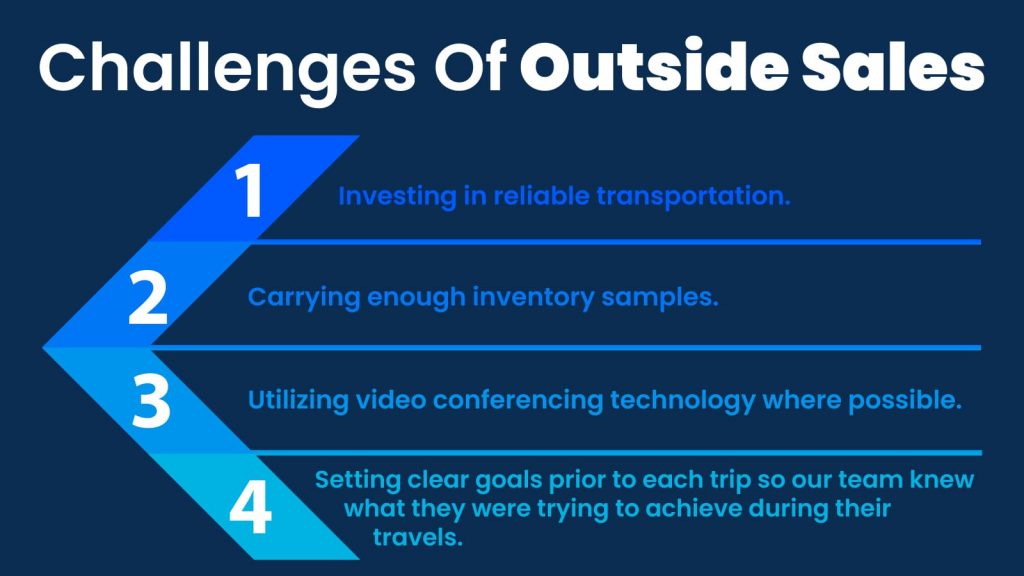
In order to effectively reach their target market, they would have to come up with strategies that could help overcome any obstacles they face while traveling away from home such as:
- Investing in reliable transportation
- Carrying enough inventory samples
- Utilizing video conferencing technology where possible; and
- Setting clear goals prior to each trip so our team knew what they were trying to achieve during their travels.
By taking these steps and investing time into understanding the customer’s needs better, you can create a successful outside sales strategy enabling an increase in revenue if you adopt an efficient strategy.
It’s important for businesses looking at launching an outside sales program to understand the challenges involved but also use tools like those outlined above as part of their overall plan if they want success in reaching out beyond traditional methods of marketing and advertising.
Choosing Between Inside And Outside Sales
Choosing between inside sales vs. outside sales can be a difficult decision, as they both have their own unique benefits. When deciding which type of sales is right for your business, you’ll want to consider the differences and decide which approach fits best with your goals and resources.
Inside sales relies on phone calls, emails, social media and other digital channels to reach potential customers. It’s cost-effective because it doesn’t require travel expenses or physical presence in stores. Furthermore, inside sales teams are able to move quickly when responding to customer inquiries due to the immediacy of digital communication. However, some customers may prefer face-to-face interaction that only an outside sales team can provide.
Outside sales involves visiting prospective customers at their home or office location. This allows for more direct engagement with customers through demonstrations and personal attention that isn’t possible over the internet or phone. Outside sales also offers opportunities for upselling since representatives can interact directly with prospects who show interest in products or services. On the downside, there are additional costs associated with travel expenses and accommodations if necessary. Additionally, reps will need extra time away from the office so they can meet with clients in person.
No matter which route you choose – whether it’s inside or outside sales – success depends on careful planning and effective collaboration between all members of your team. With proper organization, clear objectives and measurable metrics you’ll be able to track progress towards your goals while leveraging each method’s strengths accordingly.
Best Practices For Managing Inside Sales vs. Outside Sales Teams
The key to successfully managing both inside and outside sales teams is understanding the differences between how each team works.

To start, let’s look at an example: a company that specializes in providing software services to businesses. The inside sales team would be responsible for taking orders over the phone or online, while the outside sales team would focus on meeting with potential clients face-to-face and building long-term relationships.
For successful management of these two types of teams, it’s important to have clear goals and objectives set out from the beginning. Inside sales should understand what their job entails – such as responding quickly to customer inquiries and delivering quality service every time – so they can hit targets efficiently.
Outside sales need to be able to identify prospective customers, build strong relationships through networking opportunities, and offer value beyond just selling products or services. Both teams should have access to technology that provides data about customer preferences, trends, etc., so they can better target leads and close more deals.
Ultimately, communication is essential when it comes to keeping both sides working together harmoniously. Establishing regular meetings for sharing information between the inside and outside sales teams will help ensure everyone is aligned with common goals and strategies.
By recognizing each side’s strengths – and leveraging them appropriately – businesses can maximize their chances of success in reaching their desired outcomes.
Final Thoughts
Inside and outside sales are both important components of a successful sales strategy. It’s essential to understand the differences between them, their advantages and challenges, and how best to manage each team in order to maximize your company’s success.
Interestingly, research shows when comparing inside sales vs. outside sales that inside sales reps close deals twice as fast as outside sales reps – a statistic that could make all the difference when it comes to achieving desired revenue goals.
With this knowledge, you can use an informed approach to determine which type of sales is best for your organization. By setting up a strategic plan that makes use of both teams’ strengths, I’m confident you’ll be able to achieve maximum results.

